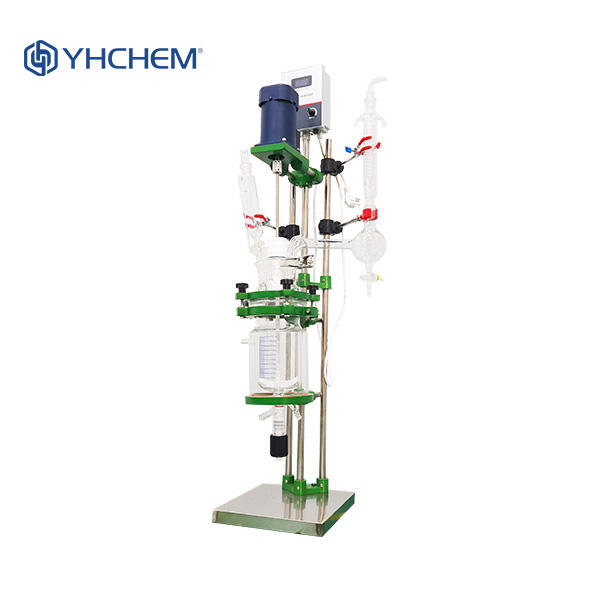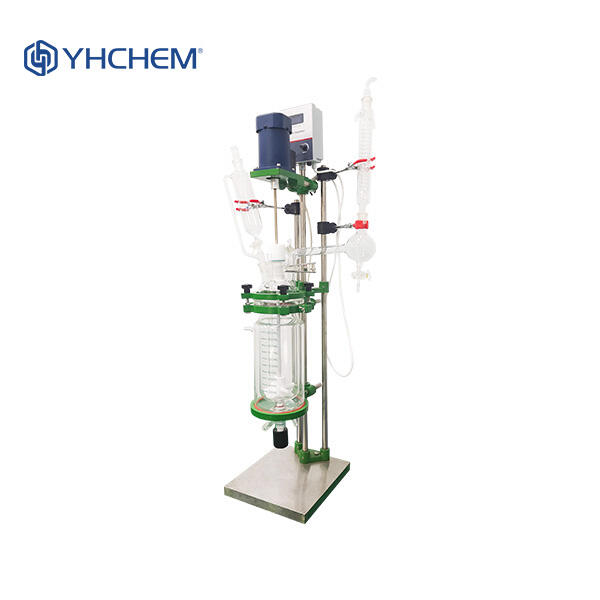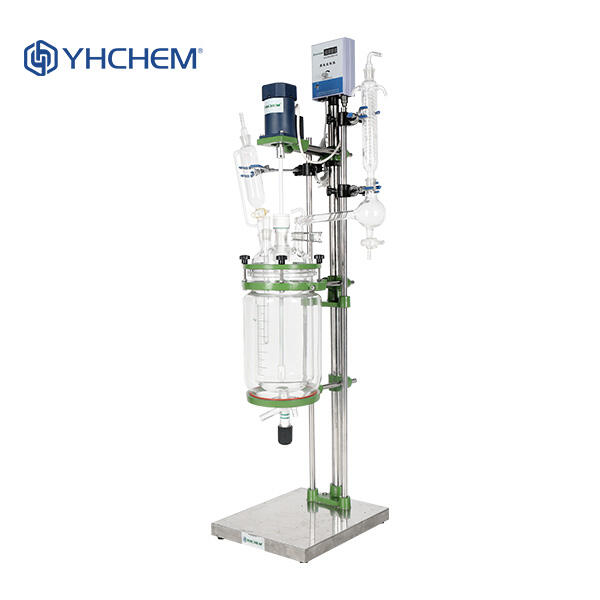A เครื่องปฏิกรณ์แก้ว เป็นอุปกรณ์พิเศษที่นักวิทยาศาสตร์ใช้ในห้องปฏิบัติการและแม้แต่ในบางสถานการณ์ทางอุตสาหกรรมเพื่อช่วยในการผสมสารเคมี เป็นเครื่องมือที่สะดวกมากสำหรับหลายสิ่งหลายอย่าง ลองมาศึกษาเพิ่มเติมเกี่ยวกับ glass reactors โดยการอ่านบทความ: ทำไม glass reactors จึงจำเป็นในห้องปฏิบัติการและพวกมันทำงานอย่างไร?
เครื่องปฏิกรณ์แก้วจึงเปรียบเสมือนหม้อเวทมนตร์ที่ช่วยให้นักวิทยาศาสตร์สามารถผสมผสานองค์ประกอบต่าง ๆ เพื่อสร้างสิ่งใหม่ ๆ มันถูกสร้างขึ้นจากแก้วโบโรซิลิเคตทนความร้อนสูง ซึ่งสามารถทนต่อน้ำเดือดและแรงดันได้ หมายความว่าสามารถใช้งานสำหรับการทดลองได้อย่างปลอดภัย เครื่องปฏิกรณ์เหล่านี้สามารถมีรูปทรงและขนาดต่าง ๆ ได้ ทำให้นักวิทยาศาสตร์เลือกใช้แบบที่เหมาะสมที่สุดสำหรับงานที่กำลังดำเนินอยู่
มีประโยชน์มากมายจากการใช้ เครื่องปฏิกรณ์แก้วแบบมีแจ็คเก็ต ในห้องทดลอง ก่อนอื่น แก้วใสทำให้นักวิทยาศาสตร์สามารถมองเห็นสิ่งที่เกิดขึ้นภายในได้ สิ่งนี้เป็นเรื่องที่ดีสำหรับพวกเขา เพราะพวกเขาสามารถสังเกตการทดลองและปลอดภัย อีกทั้งยังเหมาะสมสำหรับพวกเขา นอกจากนี้ยังทนต่อความเสียหายได้ดี จึงสามารถใช้งานได้นานโดยไม่แตกหัก

เครื่องปฏิกรณ์แก้วไม่ได้จำกัดเฉพาะการใช้งานในห้องทดลองเท่านั้น แต่ยังสามารถใช้งานในโรงงานสำหรับการประยุกต์ใช้งานหลากหลายอีกด้วย เครื่องปฏิกรณ์แก้วมักถูกใช้ในห้องทดลองเพราะสามารถให้สภาพแวดล้อมที่ควบคุมได้สำหรับการสังเคราะห์วัสดุใหม่ การตรวจสอบปฏิกิริยา/คุณภาพของผลิตภัณฑ์ และการศึกษาปฏิกิริยาภายใต้เงื่อนไขต่างๆ ความหลากหลายของมันทำให้มันเป็นเครื่องมือที่มีค่าในงานประยุกต์ที่ความแม่นยำและการควบคุมเป็นสิ่งสำคัญสำหรับการสร้างผลิตภัณฑ์คุณภาพ

เครื่องปฏิกรณ์แก้วประกอบด้วยหลายส่วนที่ทำงานร่วมกัน ส่วนประกอบเหล่านี้ได้แก่ โครงสร้างสำหรับการคนสาร หน่วยควบคุมอุณหภูมิ โครงสร้างของวาล์วปรับสมดุลความดัน และอุปกรณ์ตรวจสอบ เครื่องคนแบบแม่เหล็กจะช่วยผสมสารต่าง ๆ ให้เข้ากันอย่างทั่วถึง และระบบควบคุมอุณหภูมิจะช่วยรักษาอุณหภูมิที่เหมาะสมที่สุดสำหรับการเกิดปฏิกิริยา ตัวควบคุมความดันทำให้มั่นใจได้ว่าเครื่องปฏิกรณ์สามารถทนต่อความดันที่แตกต่างกันได้ และอุปกรณ์ตรวจสอบช่วยให้สามารถติดตามผลการเกิดปฏิกิริยาได้

นักวิทยาศาสตร์ทำการทดลองโดย ideally ในสภาพแวดล้อมที่ถูกควบคุมด้วยการใช้เครื่องปฏิกรณ์แก้ว กระจกใสทำให้คุณสามารถมองเห็นสิ่งที่เกิดขึ้นภายใน และส่วนประกอบต่าง ๆ จะช่วยรักษาสภาพแวดล้อมที่เหมาะสมสำหรับการเกิดปฏิกิริยา การควบคุมที่แม่นยำนี้ช่วยให้งานวิทยาศาสตร์มีประสิทธิภาพมากยิ่งขึ้น และนำไปสู่การค้นพบที่สำคัญ